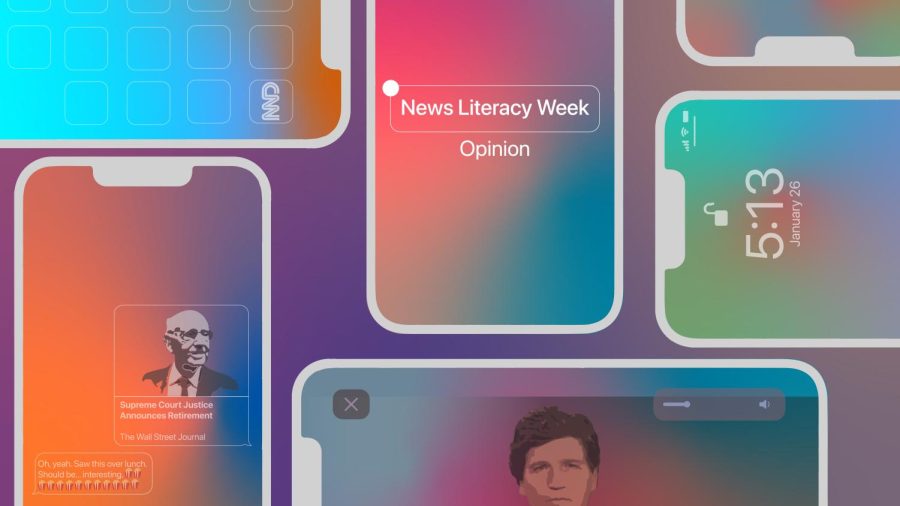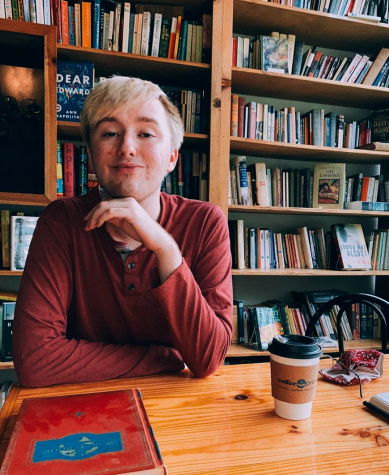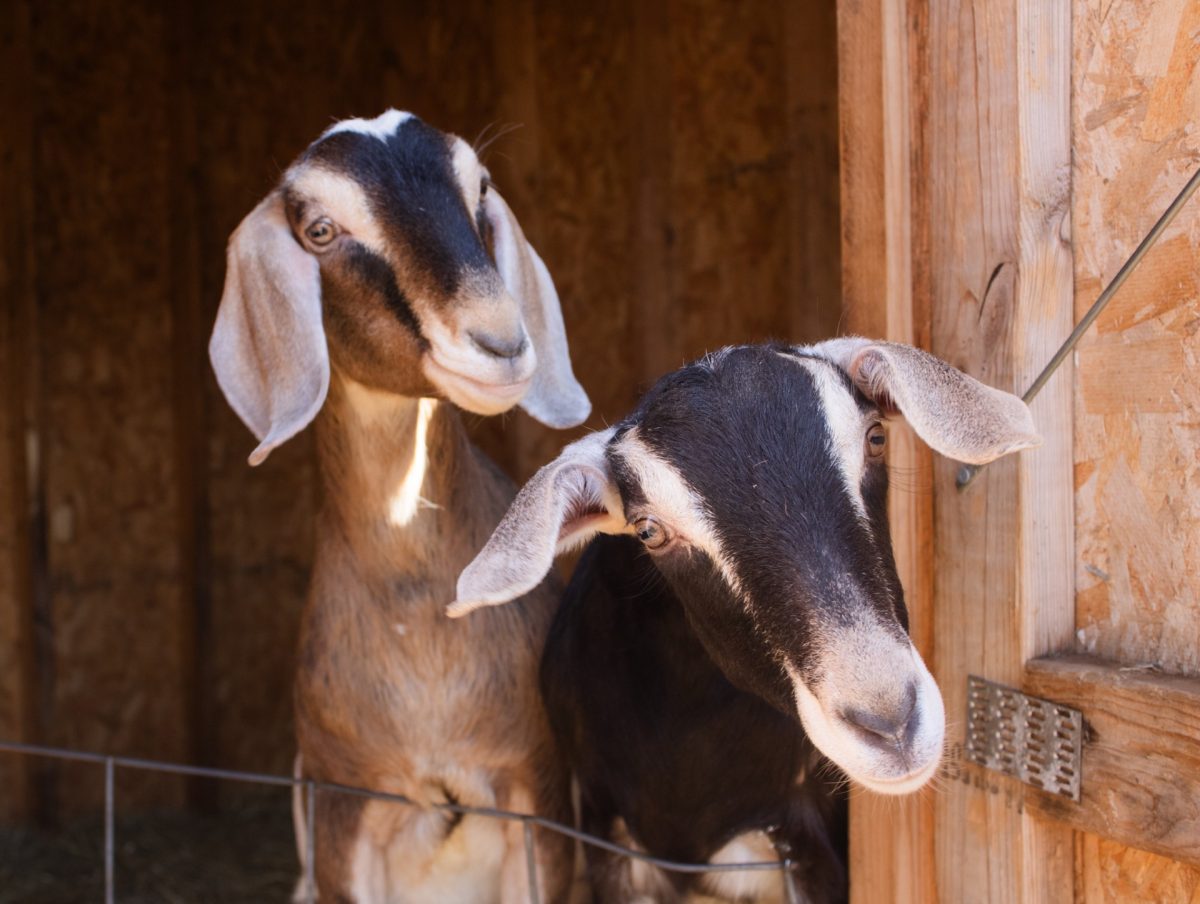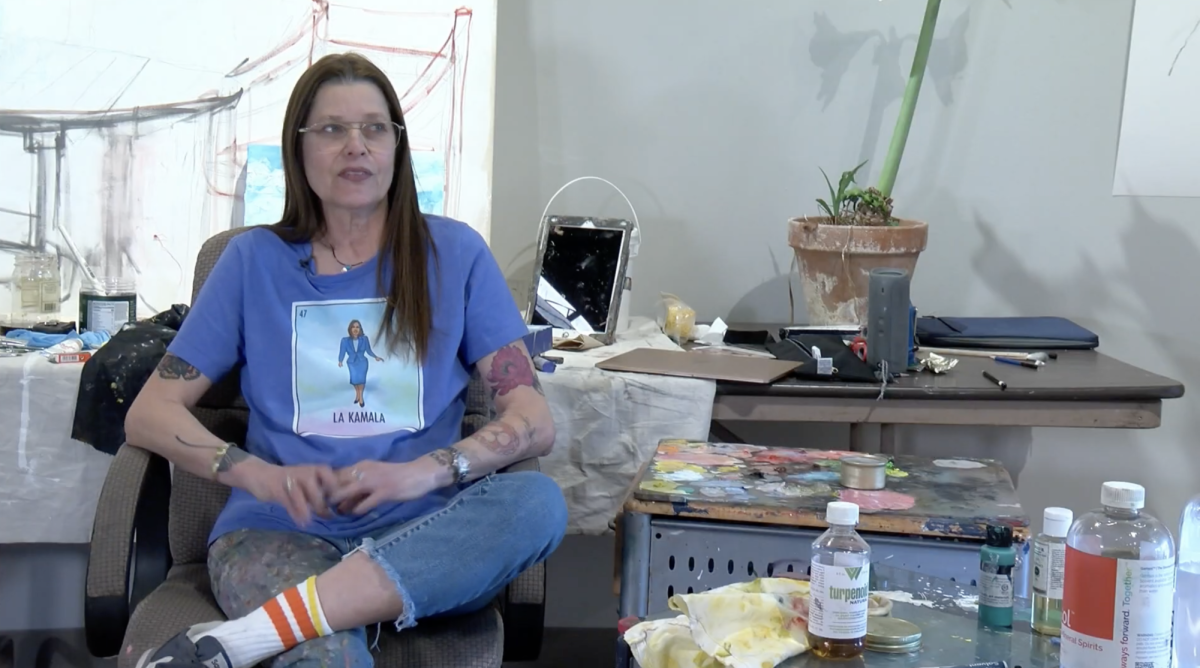News Literacy, my TV, and my cough
January 27, 2022
“You tested positive.” I figured. After lying in bed for three days, quarantining the week before the spring semester started, I already knew. Still, I was shocked. Lorie Stanton, our campus nurse, was just here, talking to me about how it was probably strep. Now it is COVID-19. I should be studying about COVID, not getting it!
I walked to my room, packed a bag and rolled up my mattress topper. Should I take my TV? That seemed excessive. When can I study for my test? An hour later, someone from campus security knocked on my door. I did the walk of shame up two floors to the quarantine floor. Other students had to walk from Pierce-White, I thought. Be grateful you already live in Liberty.
I carried my belongings, and as I rounded the corner with the officer, we came across a student exiting quarantine. He was carrying a bag under one arm and his TV under the other.
In the coming days I would learn that several other students had developed what I had—symptoms of Omicron. But I would also learn about Delta, Frances Haugen, Hurricane Ida, the Taliban, and January 6. During my quarantine, I was prepping for a current events exam for my admission into the City University of New York’s journalism graduate program. CUNY’s test came with no guide, just the assurance that 20 news topics from 2021 would be on the exam, and that prospective students had to summarize the topic in one or two sentences.
So, there I was coughing up the disease that had changed the landscape of news, while trying to figure out what I missed in 2021. Ironic. Also ironic, I didn’t bring my TV with me, and I began wishing I had turned it on more within the last year. I spent the next week reviewing articles from multiple news sources to find out what it was I had missed while ignoring the news.
What’s maybe most embarrassing is that I thought I studied the news. Granted, I studied my corner of interests — music, fashion, tech — but not the global current events. I can tell you how many tracks were on Red (Taylor’s Version), but not who won the Georgia Senate runoff. I couldn’t help but wonder, if journalism students weren’t news literate, how could the American people who were voting remain news literate?
Here is advice I adopted from my professor of digital media, Andrea Frantz. I emailed her my notes prior to my quarantine, and she read over them. On our first day of class, I asked her, “How do you keep up with all these topics, day in and day out?” Andrea wakes up at 5 a.m., reading through three newspapers each morning (rather iconic of her, if you ask me), then checks Twitter. Afterwards, she comes to work and teaches about journalism. “That, to my routine, is just as important as coffee,” she added.
A week and a half later, I took my quiz. The Taliban, January 6, and Squid Games were on there. It is conveniently timed that I share this story this week, during National News Literacy Week. I recently wrote this for class: “Luckily, our media consumption does not exist in a vacuum. We can fact check, and fact check, and fact check. As a media student, to me this looks like checking the other side. Read both sides (and not just CNN or Fox) and make an informed decision on all the tabs opened to you.”
Now, even though I don’t foresee anymore CUNY exams on the horizon, I’ve adopted my own routine: I check my Apple News app each morning and CNN and The New York Times daily newsletter I always deleted. I also have CNNGo and CBS News now on my TV, and check them in the evenings. I’ve also implemented something very Blake, that I personally believe is missing from Andrea’s media routine — a visit to Vogue’s website, to see what I should be wearing while remaining news literate.








